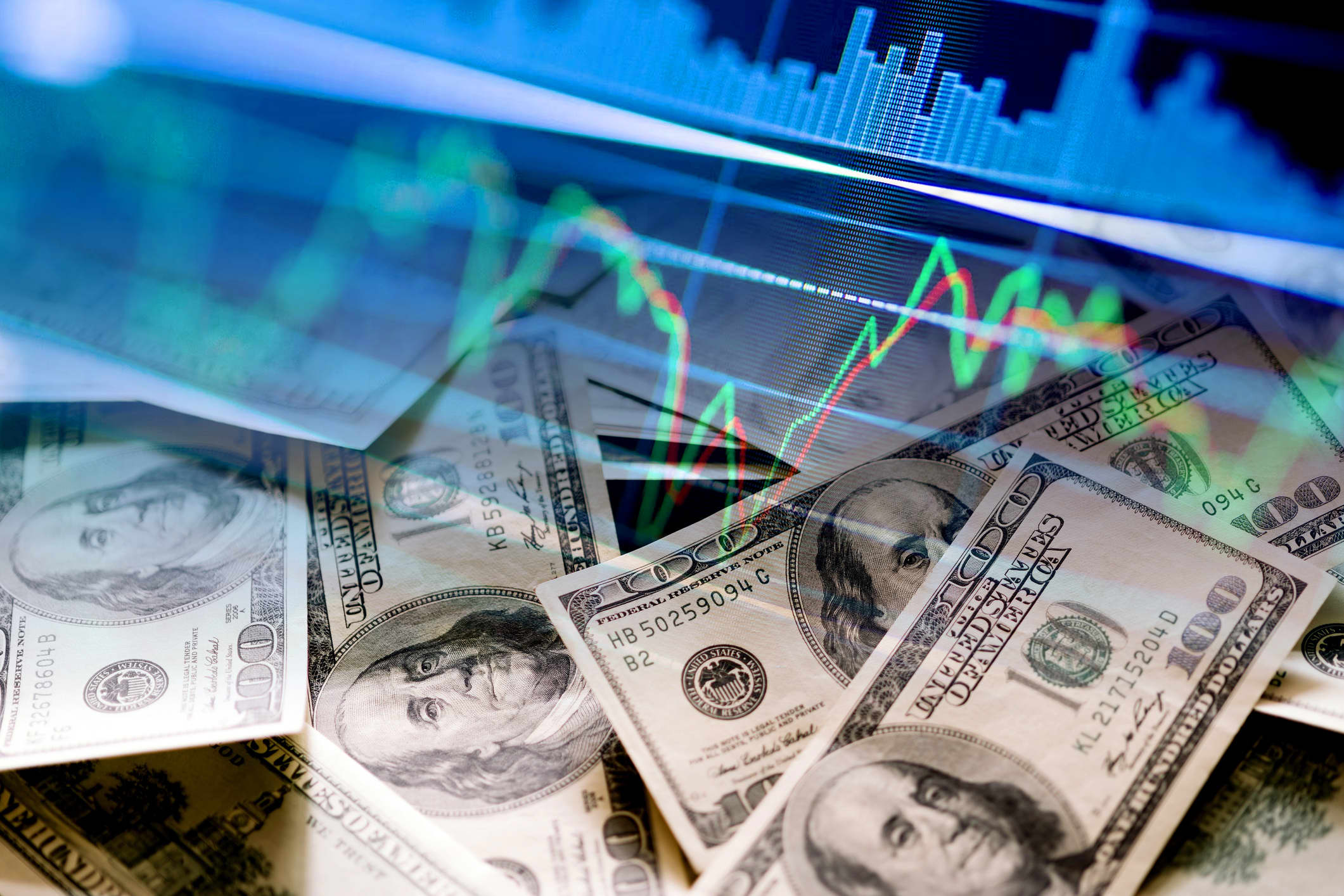
Investors enjoying juicy yields on their cash should start preparing to shift their strategy, according to Goldman Sachs. People piled into cash instruments like Treasury bills and money market funds as the short end of the yield curve rose alongside Federal Reserve interest rate increases starting in early 2022. Now some $6.15 trillion is sitting in money market funds, as of July 2, according to the Investment Company Institute . While the annualized seven-day yield on the Crane 100 list of the 100 largest taxable money funds hit a high of 5.20% at the end of last year, it is now only slightly lower at 5.12%. That will change once the Fed starts cutting rates. There’s a “real probability” that could start in September, said Lindsay Rosner, head of multi-sector investing at Goldman Sachs Asset and Wealth Management. Therefore, she is already positioned for the yield curve to steepen. “As soon as the Fed starts cutting 25 basis points, maybe at a quarterly pace, that rate that you have been receiving in your cash surrogate — your money market fund, your T-bill and $6 trillion is sitting there earning that — that’s going to evaporate,” Rosner said. “There is income in fixed income, but it will require in the next months or quarters to move out the curve.” That means getting out of T-bills and money markets and buying investment grade corporate bonds or even funds that hold below investment-grade securities. She specifically likes issuers in business sectors that hold up well throughout the economic cycle. Within investment grade, she likes large bank bonds. When selectively investing in high-yield names, she prefers industrials and energy. “There are pockets of the high-yield market that are very attractive. Default rates are really low,” Rosner said. “All of these corporations really got religion from the financial crisis … they used the very low interest rates that we were experiencing a couple years back to term out their debt and lower their rate of interest or their costs on their balance sheet.” Within high yield, she likes issuers rated B and BB by credit agencies, where she really believes in the business models and management teams. “We’re being compensated,” for the added risk, she said. “We’re able to take advantage of that all-in yield with a 7% or an 8% handle, which is really, by the way, exciting.” She is staying away from riskier CCC-rated bonds, despite their “shiny” yield and spread levels. While the average spread is around 800 basis points over Treasurys, the bonds are either trading around 300 basis points — too tight for junk bond ratings — or 1,000 basis points or more. Rosner said. The latter companies have business models that don’t work anymore, she noted. Rosner also sees interesting opportunities in high-quality, structured products. “[You] get access to a pool of loans or a pool of commercial mortgages that are tranched and set up in a fashion that you can earn a lot of yield, earn a lot of spread and be protected via the structure,” she explained. However, she stressed the importance of getting an active manager to help you build out your portfolio.
EMEA Tribune is not involved in this news article, it is taken from our partners and or from the News Agencies. Copyright and Credit go to the News Agencies, email news@emeatribune.com Follow our WhatsApp verified Channel





